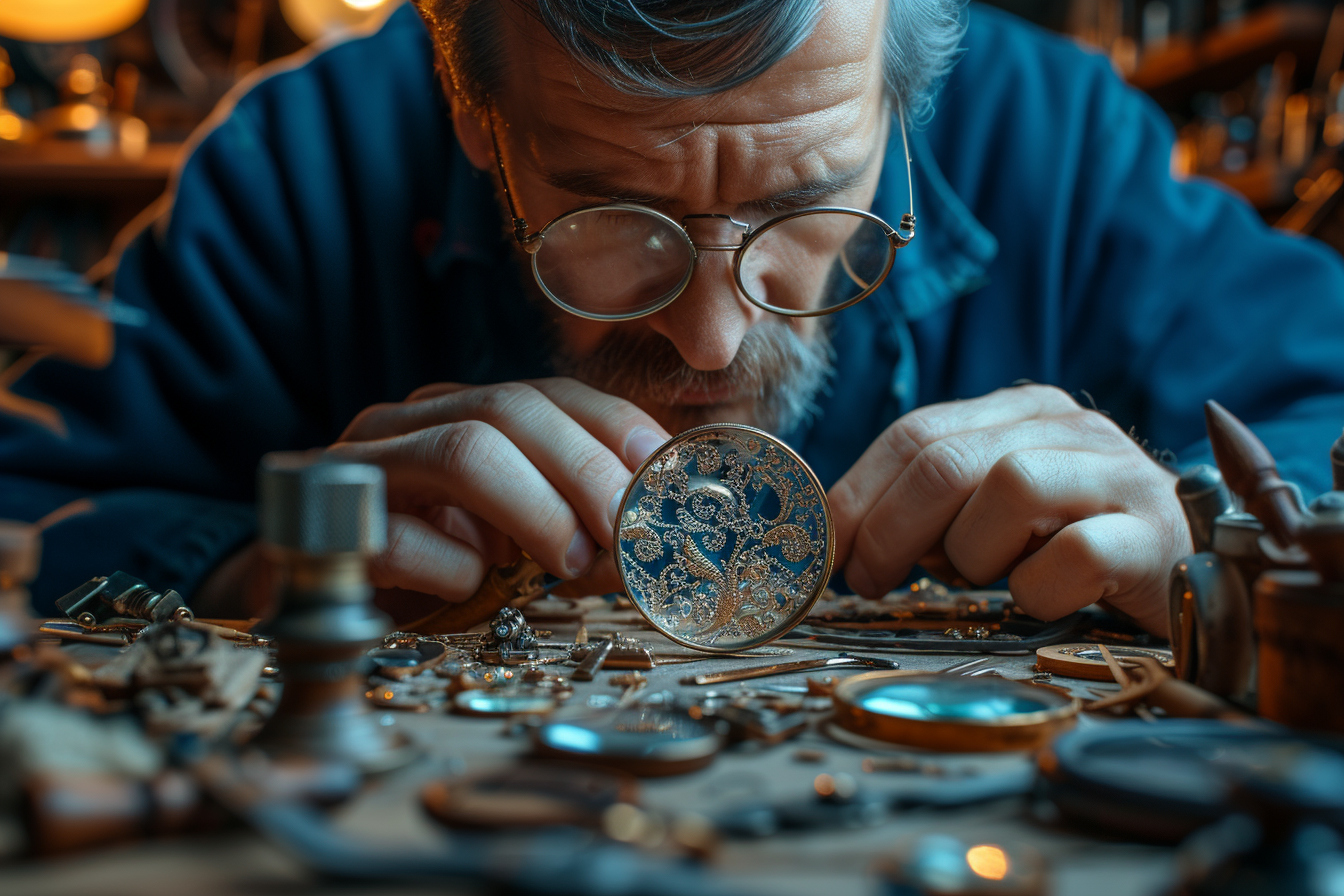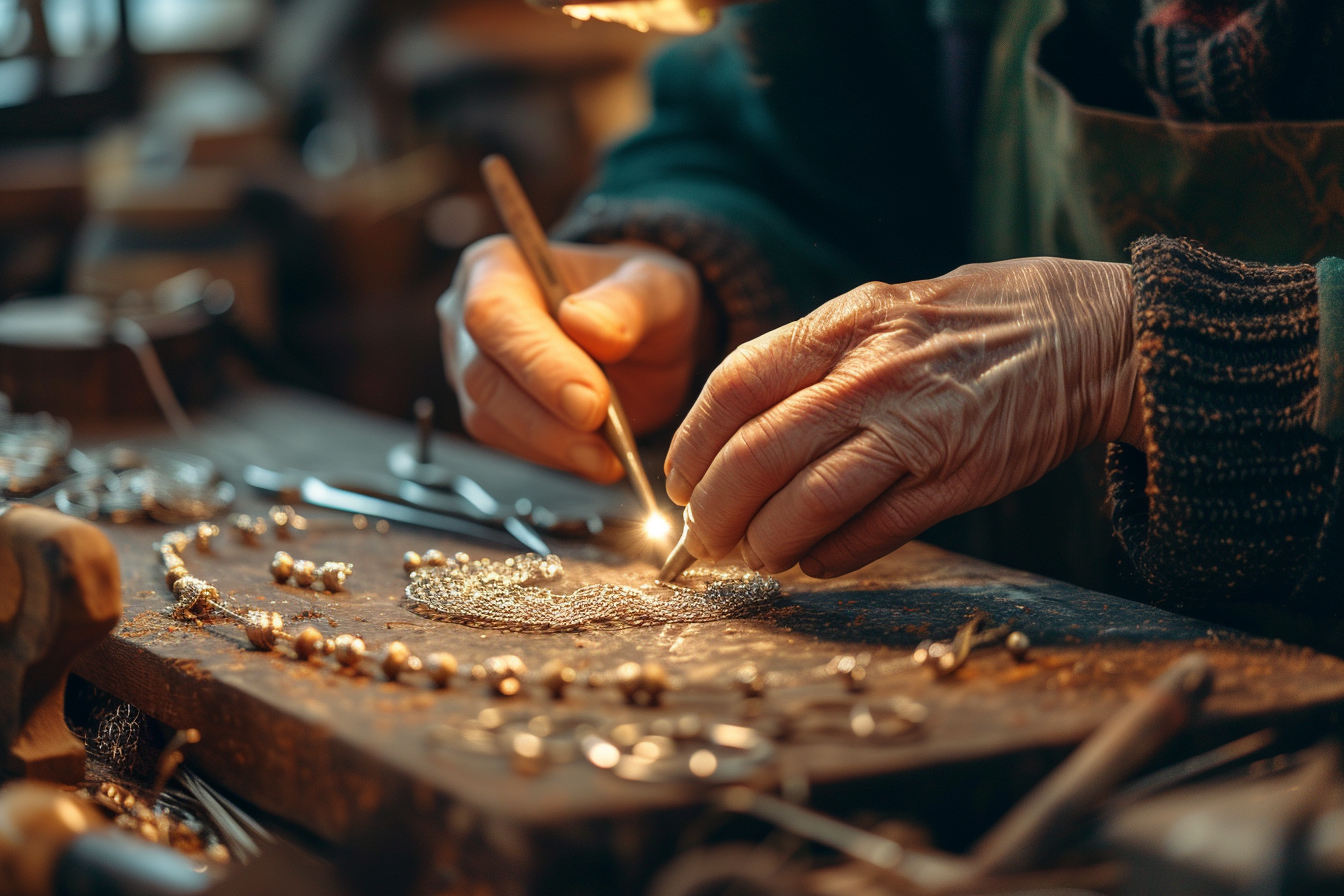Filigree jewelry, known for its delicate and intricate design, has been a symbol of artistry and craftsmanship for centuries. Its timeless appeal lies in the detailed metalwork, which requires a high level of skill and precision. If you’re a jeweler looking to master the art of filigree, this article will take you through the top techniques that will help you create exquisite pieces with finesse.
Understanding the filigree craft
Before delving into the techniques, comprehend the core of filigree: it is a form of metalwork made with tiny beads or twisted threads, or both in combination, soldered together and arranged in artistic motifs. Traditionally, filigree is made with silver or gold, but modern variations may incorporate other metals to suit diverse aesthetics.
Mastering drawing and design
Artistic inspiration plays a vital role in filigree jewelry. Begin by sketching designs that evoke an intended emotion or symbolize a special meaning. Intricate patterns require meticulous planning to ensure that the final product is both structurally sound and aesthetically pleasing. A jeweler with strong drawing skills can envision complex patterns that, when transformed into metal, become wearable art.
Selecting the right materials
The choice of metal is crucial as it influences the malleability, durability, and overall look of the filigree work. Sterling silver is often favored for its workability and bright finish, while 14-18 karat gold offers a sumptuous hue and prestigious feel. For newcomers, starting with copper or brass can be a cost-effective way to practice before moving on to precious metals.
Utilizing specialized tools
Precision tools are the backbone of filigree jewelry making. Invest in a set of jewelers’ saws, files, and high-quality tweezers. These allow for the meticulous shaping and placement of intricate metal pieces. A stabilized workbench with a good magnifying lamp is indispensable, as are various pliers and cutters tailored for fine work. Accurate tools reduce the potential for error and frustration during the manufacturing process.
Techniques in crafting filigree
Wire twisting and rolling
The foundational element of filigree is the twisted wire, formed by twisting together finer wires to create a ropelike texture. In this stage, consider the tensile strength and elasticity of your chosen metal. A rolling mill can be instrumental in flattening and shaping the wire to the desired thickness, ensuring uniformity across the design.
Forming filigree shapes
Expertly manipulating wire into shapes is essential. Shapes like swirls, curls, and loops are constructed first, before being assembled into the larger design. Every curve and crossover must be smooth and purposeful. Training your hands to fashion consistent shapes is a key step to mastering filigree.
Soldering with precision
Soldering is perhaps the most critical step in filigree jewelry making. Due to the delicate nature of the work, utilizing a gentle flame and the right type of solder can make or break a piece. Each join needs to be done with precision to maintain the integrity of the delicate design. Control and patience in this phase are fundamental in ensuring the final product is robust and cohesive.
Filling and ornamentation
Once the frame has been established, filling it with delicate wire patterns completes the piece. This can include tiny beads known as "granulation" which add texture and depth. The arrangement of these elements should complement the larger structural design to create an elegant harmony within the jewelry.
Polishing to perfection
Filigree jewelry undergoes meticulous cleaning and polishing to bring out the shine and showcase the detailed work. This final touch requires a gentle hand and an eye for beauty to highlight the intricacy without compromising the delicate wirework. Careful consideration of the polishing technique can enhance the visual impact of the filigree.
Troubleshooting common challenges

Filigree work involves complex techniques, and challenges inevitably arise. A common issue is wire work-hardening, which can cause it to snap or become difficult to manipulate. Learning to anneal—or gently heat—the metal restores its malleability. Additionally, when soldering, be aware of the risk of the metal becoming too hot, which could cause it to melt or deform. It’s paramount that jewelers develop the skill to recognize the metal’s heat tolerance.
Continuous learning and practice
Creating filigree jewelry is a continuous process of learning. Taking the time to refine techniques and experimenting with new designs is crucial. Enrolling in workshops or courses can enhance your skills and introduce you to a community of like-minded artisans. The collective wisdom and shared experiences within such groups are invaluable to your growth as a filigree jeweler.
Embracing the art of filigree jewelry
The production of filigree jewelry is a celebration of tradition, art, and technical expertise. Whether seeking to preserve ancient methodologies or infusing modern twists into classic designs, the commitment to the practice is evident in every loop, twist, and bead. The journey toward creating exquisite filigree jewelry is as intricate as the art itself. With patience, dedication, and an appreciation for the exquisite, each piece crafted is a testament to the jeweler’s passion and skill.
As each jeweler discovers their own unique approach to these age-old techniques, the evolution of the craft continues. Keep exploring, practicing, and innovating—filigree jewelry making is an art that rewards persistence with beauty beyond measure.











